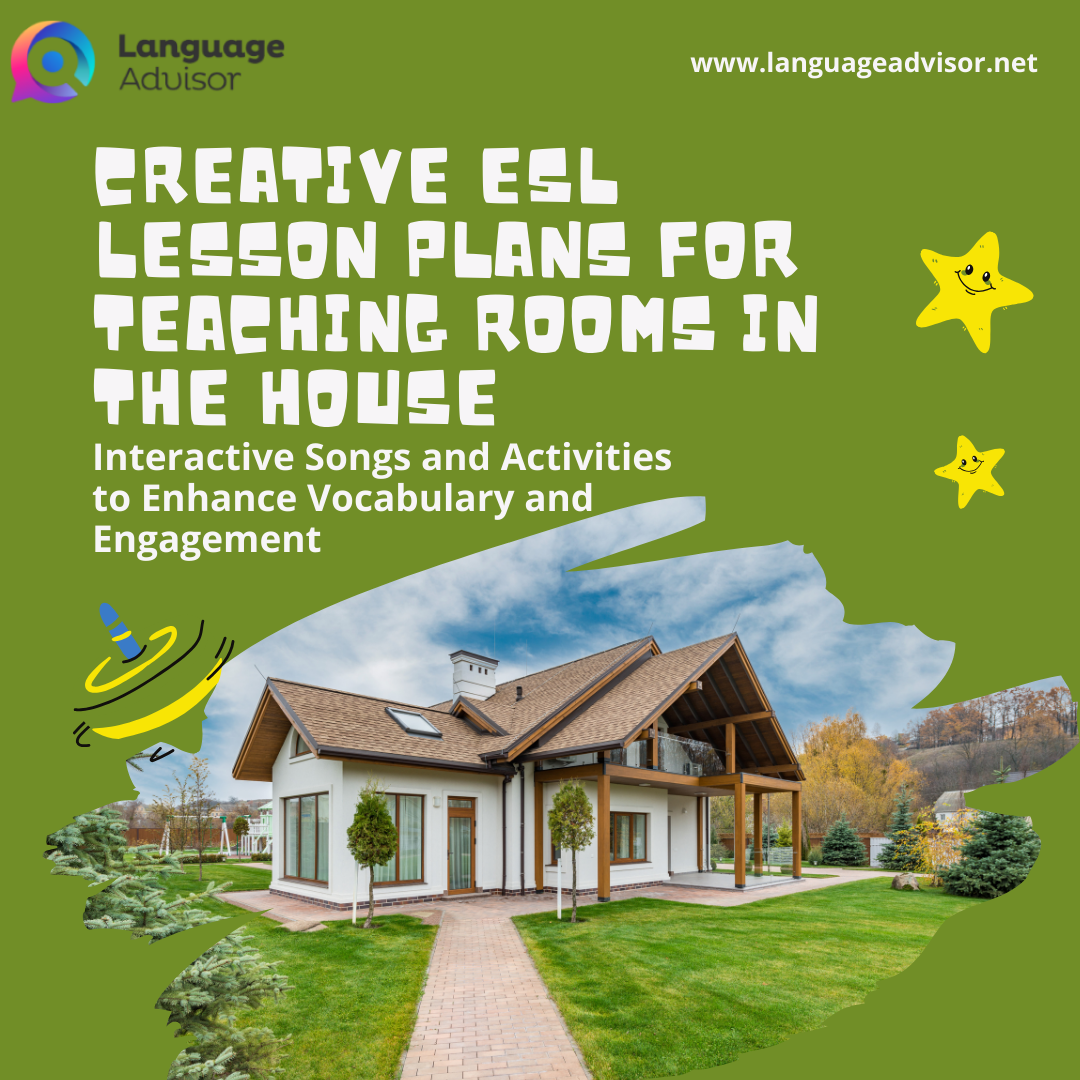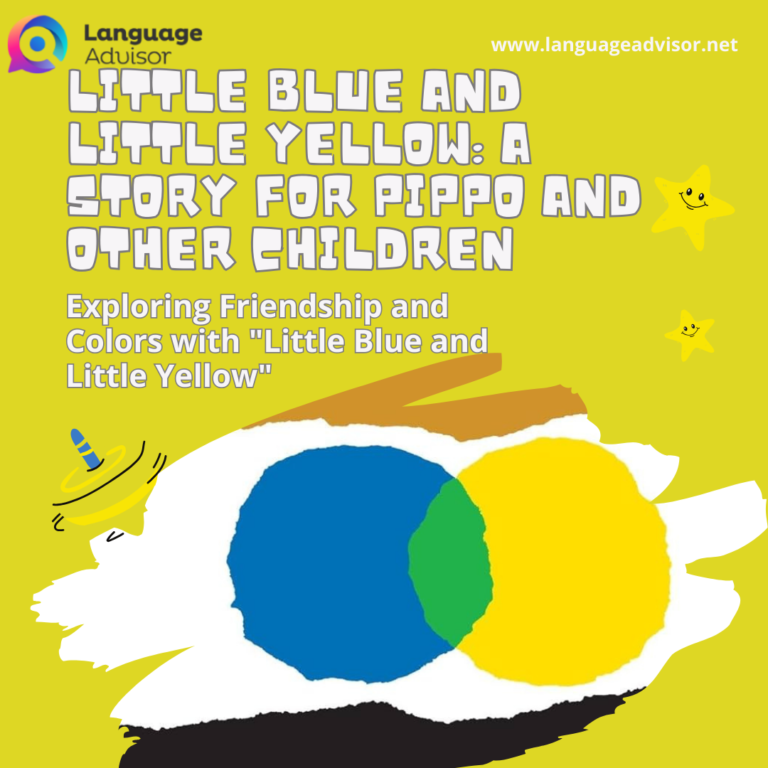Creative ESL Lesson Plans for Teaching Rooms in the House. Interactive Songs and Activities to Enhance Vocabulary and Engagement
Creative ESL Lesson Plans for Teaching Rooms in the House

Creative ESL Lesson Plans for Teaching Rooms in the House
As educators, we constantly strive to make learning both effective and enjoyable for our students. Engaging ESL students, in particular, can be a challenge due to language barriers and varying levels of proficiency. However, incorporating interactive and fun activities into our lesson plans can significantly enhance student participation and retention. In this blog post, we will explore a dynamic lesson plan designed to teach students about the rooms in a house. This lesson utilizes songs, flashcards, and hands-on activities to create an immersive learning environment that encourages students to actively use new vocabulary and concepts in context.
Let’s dive into these creative approaches that promise to make your ESL classroom lively and productive!
Lesson Plan: Rooms in the House
Warm-Up: Songs
- Animals in the House Song
- Rooms in the House Song
- Bathroom Song
Activity 1: Flashcards and Repetition
- Show flashcards and get kids to repeat:
Here are some flashcards:
- Show house as a whole and get kids to name rooms:
Practice: Q&A
- Ask kids questions such as:
- “Where do you cook?”
- “Where do you sleep?”
- “Where do you watch TV?”
- “Where do you eat?”
- “Where do you wash?”
Activity 2: Identifying Rooms
- Show kids the ‘Where in the house are they?’ sheet:
- Show simple sheet of text describing where family members are:
- Watch the Rooms of the House video:
Activity 3: Memory Games
Final Activity: Drawing
- Ask kids to draw a picture of a room in their house.
Extras
- Watch video on things in the bedroom/bathroom:

Creative ESL Lesson Plans for Teaching Rooms in the House: Conclusion
Teaching ESL students requires a blend of creativity, patience, and innovative strategies. The lesson plan outlined above demonstrates how we can transform traditional vocabulary and grammar exercises into engaging and interactive experiences. By using songs, flashcards, and memory games, alongside structured activities and group work, we cater to various learning styles and keep students motivated. These methods not only make learning fun but also help students internalize new vocabulary and concepts more effectively. As you implement these activities in your classroom, you’ll likely notice an increase in student confidence and language proficiency. Remember, the key to successful language acquisition is creating a supportive and stimulating environment where students feel encouraged to participate and practice their new skills. Happy teaching!

Also check out these lesson plans












